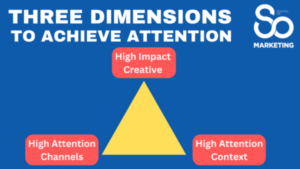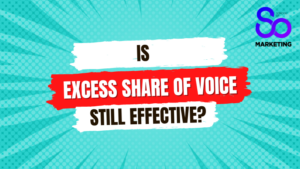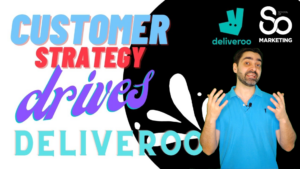
A timeless piece of Hollywood: TAG Heuer Carrera
Ryan Gosling stars in an incredible roller coaster ad from Tag Heuer and DBB. It’s a timeless masterpiece that combines Hollywood with Adland.

Ryan Gosling stars in an incredible roller coaster ad from Tag Heuer and DBB. It’s a timeless masterpiece that combines Hollywood with Adland.

Jaguar Land Rover announce significant changes to their brand strategy. Here I look at the implications, likely to lead to increased pricing.

The Power of Scarcity to fuel brand growth & company valuation is incredible. Here I take a dive into how we can use this tool in our activities.

Furthering our understanding of what draws consumer attention; this article adds ‘context’ as a key factor alongside channel and creative.

Here I examine the validity of Excess Share of Voice (ESOV) for marketing planning and look at a range of new information in this area.

Here I analyse the current state of the Buy Now Pay Later market and determine what needs to change in order for it to make a comeback.

Have you ever wondered about the logic behind IKEA’s meatballs? Well, here we reveal all and more about what makes IKEA a fab place to shop.

Deliveroo has recently delivered better than-forecast figures; based on a relentless focus on the customer, experience, proposition & comms.

Ted Lasso has become a multi-million dollar brand; here is what marketers can learn from their strategy and approach.
Info@schoolofmarkting.co.uk
Info@schoolofmarketing.co.uk
(Are you a LEARNER looking to start an apprenticeship?) Follow this link:
(Are you an EMPLOYER looking to upskill your team members?) Follow this link: